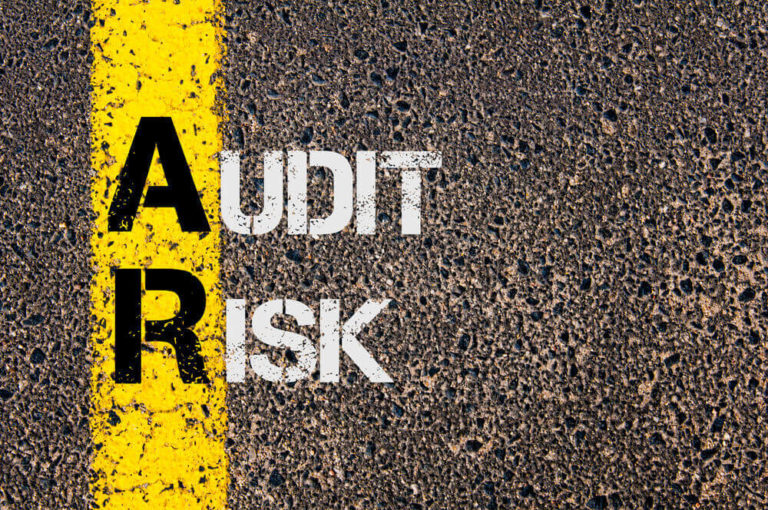Types of Risk
We commonly refer to risks as exposures to loss, or simply exposures. For example, defective products are liability exposures, as is defamation. Any loss of business due to a damaged building or a tarnished reputation is also exposure.
The extent of risk can be expressed as –
Risk = Probability x Severity
The probability is the likelihood that an event will occur, and severity is the degree or cost of the emanating loss.
We can break down risks into two categories:
1. Pure Risk – these are risks that involve loss of some kind, from a fire breaking out, to theft, to an employee accident.
2. Speculative Risk – these risks are like gambling. When you invest in stock markets, there is an opportunity for profit, but there is also a risk of loss. Traditional insurers will not cover speculative risks.
What about Positive Risk?
People tend to assume that risks are always negative. It implies something unwanted that has the potential to damage a project or company reputation. Positive risks are unforeseen benefits such as completing a project early, gaining more customers than forecast, earning more revenue than normal etc.
Responding to Positive Risk
Just like for negative risks, you will want to strategize to make the most out of positive risks.
1. Is a positive risk something you can exploit? If so, figure out ways to increase the likelihood of the risk occurring.
2. Think about sharing the positive risk. You might not be equipped to take full advantage, but involving a partner may allow you to fully reap the rewards.
3. Sometimes there is nothing to be done. This can be the most appropriate response to simply sit back and do nothing! Enjoy the benefits of the positive risk and chalk it up to a job well done.
What are the Benefits of Risk Management?
A robust risk management plan will aid organisations with procedures that not only avoid potential threats but minimize their impact with coping strategies.

The benefits of Risk Management are:
- More confidence in business decisions
- A safe working environment for staff and customers
- Protects from events that might damage the reputation
- Increased business stability for operations
- Decreased legal liability
- Protects people and assets from harm
- Saves on unnecessary insurance premiums
What is the Risk Management Process?
The risk management process includes identifying, analysing, monitoring, and handling potential risks and their negative effects on a business. Some examples of potential risks found in risk management are – security breaches, data loss, cyber-attacks, system failures and natural disasters.
So why risk management process is important?
Risk management process is important in any business. Because it empowers a company with all the necessary tools to identify and manage potential risks adequately. Also, through this process, management gets essential information that they can use to make informed decisions and ensure that the business remains profitable.
6 Steps of Risk Management Process
A risk management plan should follow these six simple steps:
1. Identify the Risk
2. Analyse the Risk
3. Rank your Risks
4. Treat the Risk
5. Monitor and Review the Risk
6. Communicate Risks

Step 1: Identify the Risk
You and your team will recognise and define potential risks to the company or project. You can use a Project Risk Register to find and describe risks. A Project Risk Register is a template that will help you add structure to the risk management process.
Step 2: Analyse the Risk
Now you will decide what the likelihood of each risk is and what the consequences will be. Develop an understanding of each risk and how it has the potential to derail project goals or company profits. Think about what the odds of each risk occurring are.
Step 3: Rank your Risks
Evaluate the risks by determining each risks’ magnitude, this will be based on both the likelihood and consequences of each risk. You will then decide if a risk is acceptable or warrants a change in strategy. Rank your risks in order of the worst possible outcome to the least negative impact.
Step 4: Treat the Risk
It is also known as Risk Response Planning. You will now examine the worst risks and make a plan to reduce the possibility of these occurring. Create risk mitigation strategies by coming up with contingency plans in the event that a risk will happen. This will also include preventative plans to minimise the risk from occurring.
Step 5: Monitor and Review the Risk
Part of the mitigation strategy includes following up regularly to monitor new or existing risks. The overall risk management process should be reviewed continuously and updated as needed.
Step 6: Communicate Risks
Share your findings with all internal and external shareholders, from the appropriate steps in the risk management process to the ways of mitigating risks.
How to Conduct a Risk Audit?
Using the following framework, you can quickly and easily conduct a risk audit while keeping your team informed.

The first three elements assist in the recording of identifying the risk:
1. Categorise Risks
Group risks by type, for instance – is this an environmental risk or a resource risk?
2. Describe Risks
Write a brief description of each risk. For example, “If we have a data breach where customer PII is exposed, our company’s reputation will be tarnished, resulting in loss of existing and new customer revenue.”
3. Risk IDs
Give each risk a unique identification number. First, number by category and then in order of risk, so if the Resource’s category is number 4, then the first risk in that list will be 4.1.
The next three elements help you to analyse the risks:
4. Project Impact
Describe the potential impact that risks might have on a project. For example, “The project might take longer than expected and therefore cost more money.”
5. Plausibility
Describe the likelihood that the risk will actually occur, take into account the probability and define the risk as high, medium or low. Look at past projects or events. Has this potential risk happened before? If so, it is likely to happen again without the proper measures in place.
6. Consequence
What are the consequences if a risk were to happen? Are these consequences High or Low? A Low consequence might be loss of time because a project does not run on schedule. A High consequence could be employees dying in an office building fire.
The following two elements assist with risk ranking:
7. Risk Magnitude
Use a combination of plausibility and outcome to rank your risks from High to Low.
8. Risk Trigger
What would be the trigger that results in requiring a contingency plan?
These next four elements help to record the treatment of risk:
9. Prevention Plan
This would be the action plan that avoids the risk from happening in the first place.
10. Contingency Plan
This is the action plan in case the risk should occur.
11. Risk Owner
Identify the person who is responsible for managing risks and enforcing the Prevention and Contingency plans. This could be a stakeholder or a Project Manager.
12. Residual Risk
This is whatever risk remains after the Contingency Plan has been actioned. Usually, the residual risk will be Low.
Risk Management Strategy
To assist with the process, ask yourself the following questions:
- What might go wrong? Think about the workplace as a whole, as well as individual work.
- How will each risk impact the organization? Consider the probability of risk and what sort of effect it will have, whether large or small.
- What can be done to prevent loss? What are the steps to recovery if a loss does happen?
- If something goes wrong, will the company be able to pay for it?

Once the risks that are specific to the organisation are identified and the risk management processes are actioned, you must then look at the different types of risk and decide on the strategy.
Risk avoidance
While it is rarely possible to completely eliminate risk, a risk avoidance strategy will allow you to avert the maximum number of damaging events.
Risk reduction
It is often possible to lessen the damage made to company processes by certain risks. You can achieve this by adapting key facets of a company process or project plan.
Risk sharing
It is sometimes the case that the fallout of risks will be shared among several departments or even a third party such as media partners.
Risk retaining
Often, a company will determine that a risk is worth taking from a business point of view. This tends to happen if the potential profit is greater than the projected loss.


![]() 18 minutes
18 minutes


![]() 18 minutes
18 minutes